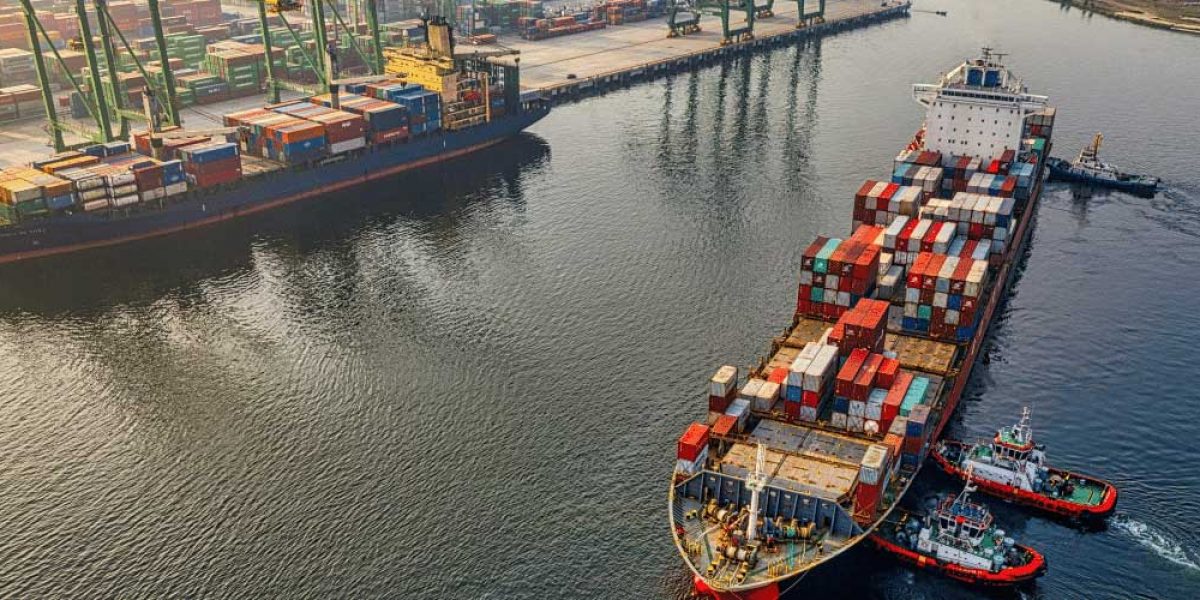In an interconnected world where trade is the lifeblood of economies, efficient freight shipping services play a pivotal role in ensuring the smooth movement of goods across borders. Businesses rely on freight shipping from raw materials to finished products to reach markets far and wide. In this article, we delve into the realm of efficient freight shipping services, exploring the strategies and technologies that streamline global logistics. Learn more here.
Understanding Efficient Freight Shipping
Efficient freight shipping encompasses a range of practices to optimize the movement of goods from point A to point B. It involves careful planning, coordination, and execution to minimize costs, reduce transit times, and enhance operational efficiency. Key components of efficient freight shipping include route optimization, cargo consolidation, inventory management, and transportation mode selection.
Leveraging Technology for Optimization
Technology plays a crucial role in optimizing freight shipping operations. Advanced logistics software and platforms offer real-time tracking, predictive analytics, and automated scheduling capabilities, empowering businesses to make data-driven decisions and respond swiftly to changing market dynamics. Furthermore, integrating IoT (Internet of Things) devices enables monitoring of cargo conditions, ensuring compliance with safety regulations and minimizing the risk of damage or spoilage.
Embracing Multimodal Transportation
Efficient freight shipping often involves leveraging multiple modes of transportation to capitalize on each of their strengths. By combining road, rail, air, and sea transport, businesses can create flexible and cost-effective shipping solutions tailored to their specific needs. Multimodal transportation enhances efficiency and mitigates risks associated with disruptions or capacity constraints in any single mode.
Collaborative Logistics Networks
Collaboration among stakeholders within the logistics ecosystem is essential for achieving efficiency in freight shipping. Freight forwarders, carriers, customs brokers, and other service providers must work together seamlessly to optimize processes, minimize delays, and deliver superior customer experiences. Collaborative logistics networks facilitate information sharing, coordination of resources, and synchronized operations, resulting in smoother supply chains and reduced lead times. Here is more info.
Sustainable Freight Shipping Practices
In an era of growing environmental awareness, sustainability has emerged as a critical consideration in freight shipping. Businesses are increasingly adopting eco-friendly practices such as fuel-efficient transportation, route optimization to reduce emissions, and the use of alternative energy sources. Moreover, implementing greener packaging materials and promoting circular supply chain models contribute to reducing the carbon footprint of freight shipping operations.
Continuous Improvement and Innovation
Efficient freight shipping is an ongoing journey of continuous improvement and innovation. By embracing emerging technologies such as blockchain for enhanced transparency and security in supply chain management or autonomous vehicles for increased efficiency and safety in transportation, businesses can stay ahead of the curve and drive further optimization. Moreover, proactive analysis of performance metrics and customer feedback enables organizations to identify areas for enhancement and implement targeted improvements.
The Role of Regulatory Compliance
Compliance with freight shipping regulations is non-negotiable for businesses operating in the global marketplace. From customs documentation and import/export controls to safety standards and environmental regulations, adherence to legal requirements is essential to avoid penalties, delays, and reputational damage. By staying abreast of regulatory changes and investing in robust compliance management systems, companies can ensure smooth and hassle-free shipping operations while maintaining the trust of customers and authorities alike.
Advanced Analytics and Predictive Modeling
One of the cornerstones of efficient freight shipping is the utilization of advanced analytics and predictive modeling. By analyzing historical data, market trends, and other relevant factors, businesses can forecast demand, optimize inventory levels, and anticipate potential bottlenecks or disruptions in the supply chain. Predictive analytics enables proactive decision-making, allowing companies to allocate resources more effectively, optimize routing, and minimize transit times. Moreover, by harnessing the power of machine learning algorithms, organizations can continuously refine their predictive models, improving accuracy and responsiveness to changing market dynamics.
Just-in-Time Inventory Management
Efficient freight shipping is closely intertwined with just-in-time (JIT) inventory management principles. By synchronizing production schedules with customer demand, businesses can minimize inventory holding costs, reduce the risk of obsolescence, and optimize warehouse space utilization. JIT inventory management relies on timely and reliable freight shipping services to ensure that raw materials and finished products are delivered precisely when needed, eliminating waste and enhancing overall operational efficiency. This approach reduces inventory carrying costs and improves cash flow and agility in responding to market fluctuations.
Strategic Warehousing and Distribution
Strategic warehousing and distribution are integral components of efficient freight shipping services. Businesses can minimize transportation costs, reduce transit times, and enhance customer responsiveness by strategically locating distribution centers and warehouses near key markets or transportation hubs. Moreover, adopting automated warehouse technologies, such as robotics and RFID (Radio Frequency Identification) systems, enables faster order processing, accurate inventory tracking, and seamless integration with transportation networks. Strategic warehousing and distribution solutions optimize the flow of goods through the supply chain, enabling businesses to meet customer expectations for speed, reliability, and flexibility.
Conclusion
Efficient freight shipping services are the backbone of global trade, enabling businesses to connect with markets worldwide and deliver goods efficiently and cost-effectively. By embracing technology, leveraging multimodal transportation, fostering collaboration, promoting sustainability, and prioritizing compliance, organizations can streamline their shipping operations, gain a competitive edge, and thrive in an increasingly interconnected world. As the demands of the global marketplace continue to evolve, the pursuit of efficiency in freight shipping remains an ongoing imperative for businesses seeking success in international commerce.
Published by: Holy Minoza






